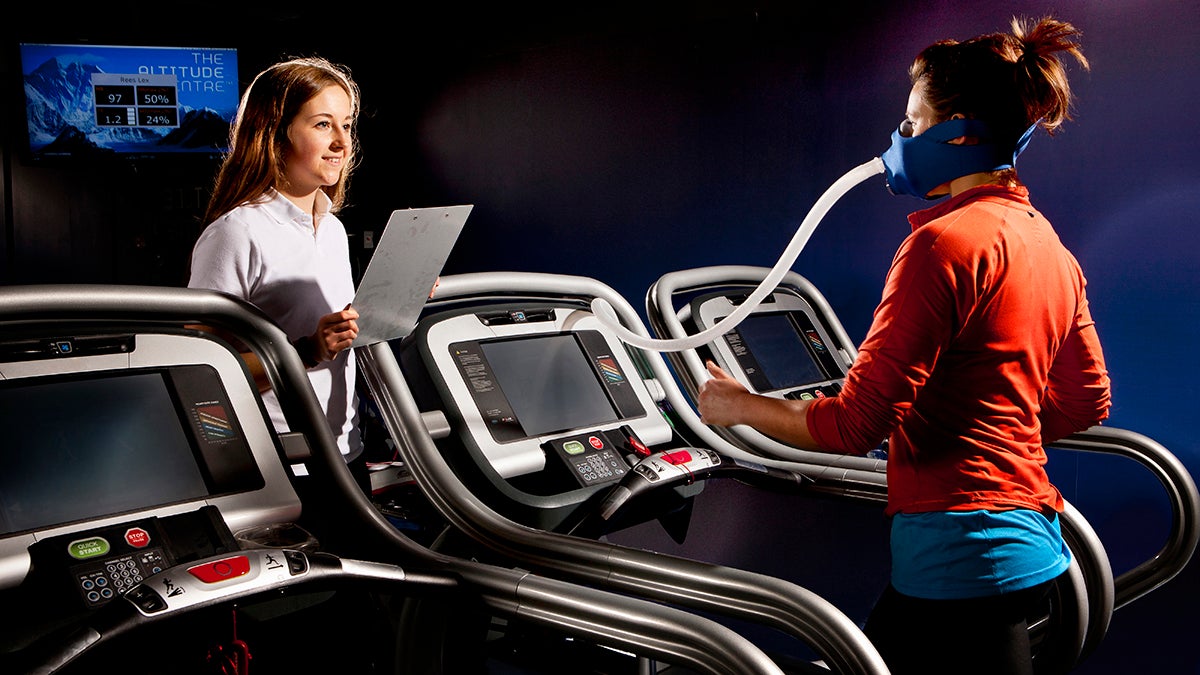Gender bias in sport science obscures sex differences

Two new sports-science studies that attempt to show how gender influences the outcome of sports-science research underscore the potential for misleading results due to gender bias.
In an article for Outside magazine, author Alex Hutchinson examined new research on the health benefits of dietary nitrate supplements from beet juice as well as a study on the way endurance training affects maximal oxygen uptake or VO2 max, an often-used indicator for cardiorespiratory health.

Both studies attempted to determine how the results are influenced by sex differences.
After explaining that data shows most sports-science studies use men as subjects, Hutchinson points out questions the new studies raise.
In the case of the VO2 max study, he wondered whether the fact that men seem to benefit more from endurance training is a matter of nature or nurture. The study looks into a few potential answers, but Hutchinson drew his own conclusion.
“But the bottom line is simple: there’s not enough data on women to figure out the answer,” he said. “The same thing is true for a staggering number of other questions, and it will remain true until scientists start testing more women.”
Likewise, the research on nitrate supplementation presents an unclear picture due to underrepresentation of women in the data.
Among other conclusions, the beet-juice study shows women get a bigger benefit from nitrate. However, this could be due to some unknown physiological reason or simply because they tend to be smaller than men and thus get a relatively higher dose of nitrate from the same amount of juice.
Its authors provide a thorough history of the lack of scientific research involving female subjects until recently. The National Institutes of Health only mandated the inclusion of both men and women in clinical research in 1993 as part of the Revitalization Act. After that, it took a few more years for scientists to begin changing incorrect assumptions that were based on male subjects.
“Notably, it took until 2000 for medical and scientific communities to acknowledge that ‘women are not just small men’ and therefore sex differences may exist in health-related research,” the authors wrote. “Despite this realization, the added complexities of hormonal fluctuations throughout the menstrual cycle often deters researchers from including women as participants in scientific investigations. This may explain why 26 years have passed since the Revitalization Act, and yet sex differences in human physiology, metabolism, and medicine remain largely unstudied, and calls to include women in research are continually put forward to the scientific community”
Hutchinson and the authors of these two studies are not alone in questioning the lack of women in both sports-science studies and health research in general. Professor Joseph T. Costello from Queensland University of Technology estimated the ratio of men and women in sports and exercise medicine research. He looked at nearly 1,400 research articles with more than 6 million participants and found that 39 percent of the subjects were women and 61 percent were men. As a result, he concluded that, “Sports and Exercise Medicine practitioners should be cognisant of sexual dimorphism and gender disparity in the current literature.”
Another article previously published by Outside magazine showed there is a similar gender gap between the number of women conducting sports science research and men, which can, in turn, contribute to gender bias in selecting research subjects.
Sex bias is even an issue in neuroscience and biomedical research on non-human mammals, according to a study from Neuroscience and Behavioral Reviews. While the NIH’s Restoration Act mandated the inclusion of women in human trials, this did not extend to other studies. In fact, as male bias has fallen in human studies, it has increased elsewhere. The authors ultimately took issue with the research community’s practices.
“The belief that non-human female mammals are intrinsically more variable than males and too troublesome for routine inclusion in research protocols is without foundation,” the authors wrote.
“We recommend that when only one sex is studied, this should be indicated in article titles, and that funding agencies favor proposals that investigate both sexes and analyze data by sex.”
While this research could help the larger scientific community understand the importance of studying sex differences, it is unclear whether there will be a noticable change in research practices.
Jason Krell is a masters of sports journalism student at Arizona State University


